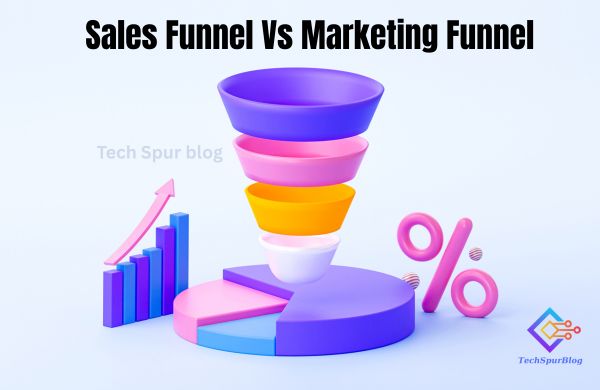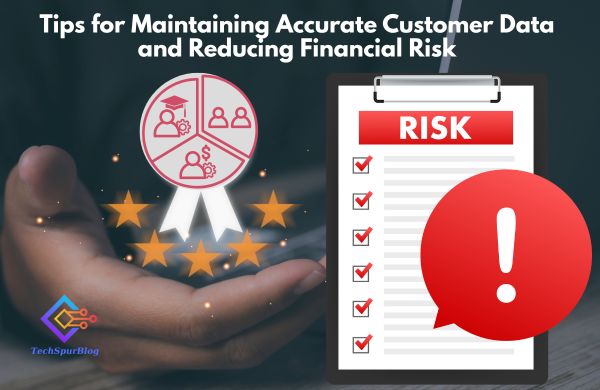Nowadays, data visualization often plays a pivotal role in data management, data analysis, and data presentation. This article focuses on the most important merits and demerits of data visualization and addresses its utilization and perception by people.
This article will also aid businesses know the importance of conducting their projects with the help of a data visualization company.
Advantages of Data Visualization
Better Data Understanding:
The first strategy of visualization that uses graphs, charts, and maps allows us to present connections and patterns in the data more concisely and clearly. This, in turn, accelerates learning and reasoning.
Better Decision-Making:
Data visualization is a tool that enables us to detect a pattern, a mistake, or an association that may not be important but is still not easy to distinguish from raw data.
This information can be utilized to develop innovative and tested solutions as well as to build an effective roadmap.
Interactive Exploration:
Interactive capabilities offered by visualization tools allow the user to navigate around data points, giving the tool an interactive feel.
This interactivity gives the users the possibility to get deeper into certain data points, sort the data, making personal visualizations as per their own needs.
Effective Communication:
Visual representations of data are among the most powerful tools to break through the language barrier and to reach diverse audiences by presenting complex data in a simple manner.
Whether conveying results to stakeholders or imparting knowledge internally, data visualization leads to effective and clear communication.
Identifying Opportunities and Risks:
Data visualization allows us to make ideas and trends clearer and to recognize where growth and innovation are possible, as well as to point at the risk signs in order to avoid negative results.
Data-Driven Culture:
Using data visualization consulting services and practices helps form a culture of data-driven organization. For instance, during the decision-making process, employees can rely on data for more transparent and result-oriented engagements.
Increased Efficiency:
The automation of repetitive tasks and the presentation of information in a consumable manner are the primary advantages of data visualization that facilitate data analysis. This increases output and moves the teams closer to producing useful results.
Cross-Platform Access:
Cloud service has become a vital component of most modern data visualization tools and apps due to the fact that allows cross-platform user engagement across multiple platforms and products.
This accessibility is critical as it enables the stakeholders to have a close look at the features and flexibility any time from anywhere.
Also Read: Understanding Business Intelligence: A Detailed Guide For Startups
Limitations of Data Visualization
Complexity of Data Integration:
When a lot of data has to be integrated, it might be challenging to combine various data sources and types. To gain any insights from visualizations, it becomes crucial to make sure the data is accurate, consistent, and relevant.
Possibility of Misinterpretation:
Although data visualization improves understanding, there is a chance that it can be distorted or that wrong changes will be performed, leading to inaccurate or incorrect interpretations.
Inaccurate data, unclear labeling, and a lack of context can lead to misunderstandings.
Overemphasis on Visual Appeal:
Sometimes the need to create visually attractive representations of data seems to be more important than conveying just and true insights. It is critical that a sound combination of aesthetics and data quality are utilized in a data visualization tool.
Technical Skills Requirement:
The use of interactive data visualization systems and technologies may require, however, a set of technical skills that include data analysis, statistics, and programming.
Companies may find themselves forced to bring skilled employees in through proper training or hiring.
Data Privacy and Security Considerations:
The idea of data visualization may raise concerns around cybersecurity and confidentiality, regardless of whether it involves sensitive or private information.
The most important data requirements for people who handle very sensitive information are access control, data encryption, and compliance with privacy and data protection laws.
Scalability Challenges:
Scalability becomes a critical issue as volumes of data grow and data visualization systems get popular. Responsiveness and handiness of visualizations, despite big numbers of datasets, are achieved by well-thought-out and optimized design.
Cost of Implementation and Maintenance:
A robust data visualization infrastructure and software may require some initial investments of money while continuing to maintain and upgrade it. Organizations should pay attention to the total cost of ownership and ROI whenever purchasing data visualization solutions.
Also Read: Risk Assessment: Identifying and Evaluating Information Security Risks
Conclusion
Effective data visualization can result in the development of a data-centered culture, better decision-making, and simpler data understanding.
However, in order to have a successful data visualization, it is crucial to draw attention to the constraints, which include the complexity of data integration, the possibility of misunderstanding, and the need for technical capabilities.
By engaging the services of a renowned data visualization company or a consulting firm, organizations realize an opportunity to benefit fully from their data and stand out in the modern data-driven world.
Businesses will also get instant data analytics services through them.

















